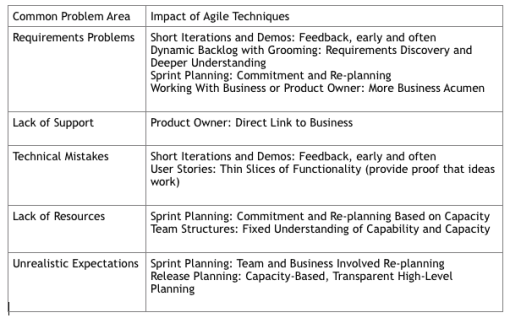Listen to the Software Process and Measurement Cast 320
SPaMCAST 320 features our interview with Alfonso Bucero. We discussed his book, Today Is A Good Day. Attitude is an important tool for a project manager, team member or executive. In his book Alfonso provides a plan for honing your attitude.
Alfonso Bucero, MSc, PMP, PMI-RMP, PMI Fellow, is the founder and Managing Partner of BUCERO PM Consulting. He managed IIL Spain for almost two years, and he was a Senior Project Manager at Hewlett-Packard Spain (Madrid Office) for thirteen years.
Since 1994, he has been a frequent speaker at International Project Management (PM) Congresses and Symposiums. Alfonso has delivered PM training and consulting services in Spain, Mexico, UK, Belgium, Germany, France, Denmark, Costa Rica, Brazil, USA, and Singapore. As believer in Project Management, he teaches that Passion, Persistence and Patience as keys for project success.
Alfonso co-authored the book Project Sponsorship with Randall L. Englund published by Josse-Bass in 2006. He has authored the book Today is a Good Day – Attitudes for achieving project success, published by Multimedia Publishing in Canada in 2010. He has also contributed to professional magazines in Russia (SOVNET), India (ICFAI), Argentina and Spain. Alfonso co-authored The Complete Project Manager and The Complete Project Manager Toolkit published with Randall L. Englund published by Management Concepts in March 2012. Alfonso published The Influential Project Manager in 2014 with CRC Press in the US.
Alfonso has also published several articles in national and international Project Management magazines. He is a Contributing editor of PM Network (Crossing Borders), published by the “Project Management Institute”.
Contact Alfonso: alfonso.bucero@abucero.com
Twitter: @abucero
Website: http://www.abucero.com/
Call to action!
We are in the middle of a re-read of John Kotter’s classic Leading Change on the Software Process and Measurement Blog. Are you participating in the re-read? Please feel free to jump in and add your thoughts and comments!
After we finish the current re-read will need to decide which book will be next. We are building a list of the books that have had the most influence on readers of the blog and listeners to the podcast. Can you answer the question?
What are the two books that have most influenced you career (business, technical or philosophical)? Send the titles to spamcastinfo@gmail.com.
First, we will compile a list and publish it on the blog. Second, we will use the list to drive future “Re-read” Saturdays. Re-read Saturday is an exciting new feature that began on the Software Process and Measurement blog on November 8th. Feel free to choose you platform; send an email, leave a message on the blog, Facebook or just tweet the list (use hashtag #SPaMCAST)!
Next
In the next Software Process and Measurement Cast we will feature our essay on the requirements for success with Agile. Senior management, engagement, culture and coaches are components but not the whole story
Upcoming Events
DCG Webinars:
Agile Risk Management – It Is Still Important
Date: December 18th, 2014
Time: 11:30am EST
Register Now
The Software Process and Measurement Cast has a sponsor.
As many you know I do at least one webinar for the IT Metrics and Productivity Institute (ITMPI) every year. The ITMPI provides a great service to the IT profession. ITMPI’s mission is to pull together the expertise and educational efforts of the world’s leading IT thought leaders and to create a single online destination where IT practitioners and executives can meet all of their educational and professional development needs. The ITMPI offers a premium membership that gives members unlimited free access to 400 PDU accredited webinar recordings, and waives the PDU processing fees on all live and recorded webinars. The Software Process and Measurement Cast some support if you sign up here. All the revenue our sponsorship generates goes for bandwidth, hosting and new cool equipment to create more and better content for you. Support the SPaMCAST and learn from the ITMPI.
Shameless Ad for my book!
Mastering Software Project Management: Best Practices, Tools and Techniques co-authored by Murali Chematuri and myself and published by J. Ross Publishing. We have received unsolicited reviews like the following: “This book will prove that software projects should not be a tedious process, neither for you or your team.” Support SPaMCAST by buying the book here.
Available in English and Chinese.











